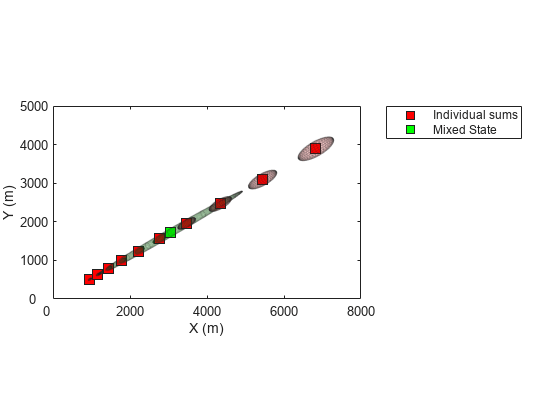initrpekf
Constant velocity range-parameterized EKF initialization
Syntax
Description
filter = initrpekf(detection)
The range-parameterized extended Kalman filter (RPEKF) is a Gaussian-sum filter (trackingGSF) with
multiple EKFs, each initialized at an estimated range of the target. Range-parameterization
is a commonly used technique to initialize a filter from an angle-only detection.
filter = initrpekf(detection,numFilters)
filter = initrpekf(detection,numFilters,rangeLimits)
Examples
Input Arguments
Output Arguments
References
[1] Peach, N. "Bearings-only tracking using a set of range-parameterised extended Kalman filters." IEE Proceedings-Control Theory and Applications 142, no. 1 (1995): 73-80.
Extended Capabilities
Version History
Introduced in R2018b
